
We always want to keep our kids healthy throughout the school year, but with the coronavirus, it has become more important now than ever before. Schools have always been a prime place for children to pick up germs and illnesses, so it’s necessary to take extra precautions before your kids get onto the school bus. Here are a few ways to get started:
Keep them up to date on their vaccines
While the coronavirus is still a major concern, that doesn’t mean you should forget about the other infectious disease that your child could come into contact with. During the early fall months, take your child to their pediatrician to get them up to date on their vaccines, including their annual flu shot.
Make sure they wear their mask
For most school districts, wearing a mask is required when attending class. If you have younger children, make sure they understand the importance of wearing their masks throughout the day. Additionally, give your child two masks to hold onto just in case they lose the one they’re wearing.
Teach them proper hand washing techniques
Regularly washing your hands is just as important as wearing a mask. When your kids head off to school, they should go knowing how to properly wash their hands. You can follow the CDC’s guidelines for how and when to wash your hands here.
Keep an eye on their stress levels
During such stressful times, it can be easy for our kids to feel overly anxious. Not only does this compromise their mental health, but it can compromise their physical health as well. Indeed, anxiety and stress can actually weaken our immune system, leaving us more susceptible to diseases. Keep an eye out for common signs of stress to make sure your kids don’t get too anxious throughout the school year.
Here at The Zoo Factory, we want to make sure every child has a safe and healthy school year. For more tips, read more posts from our blog!

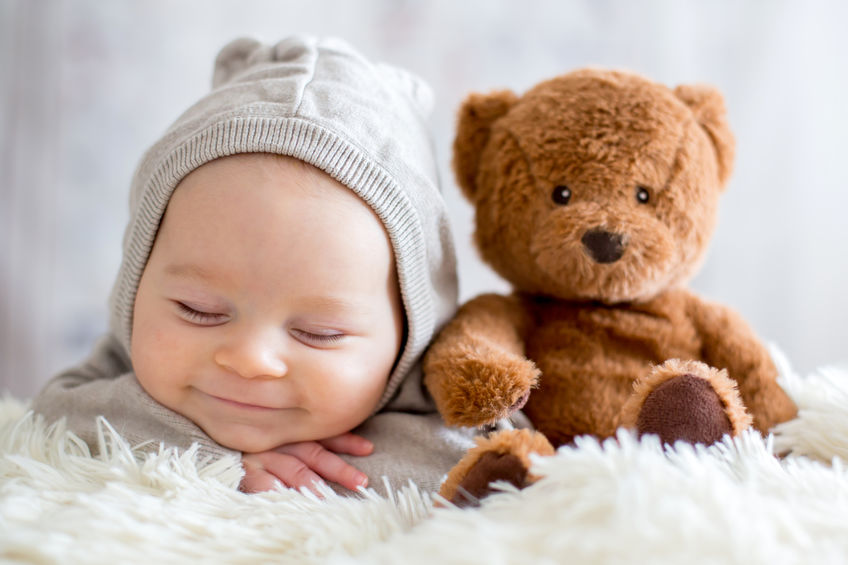
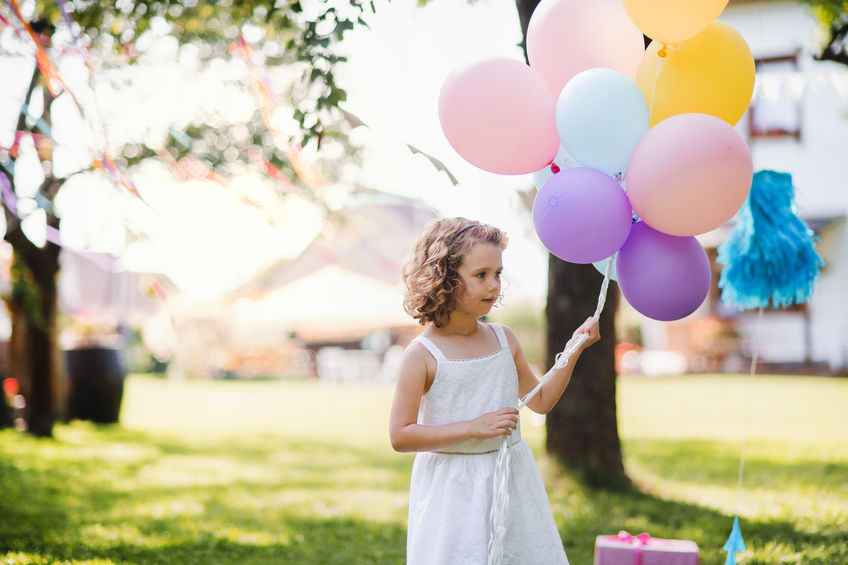
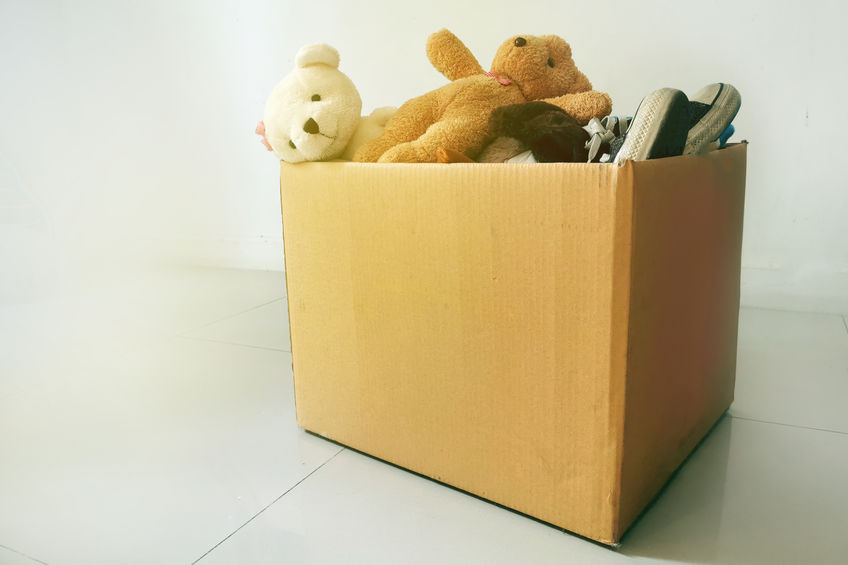
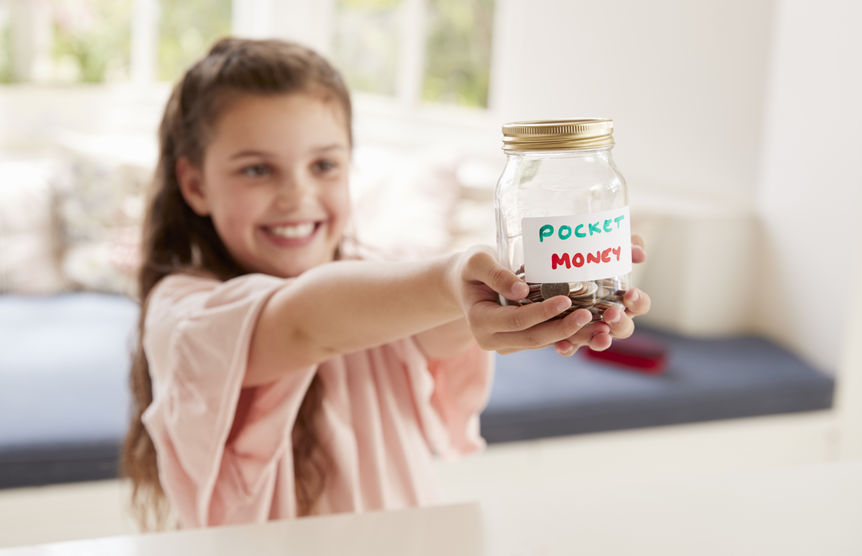

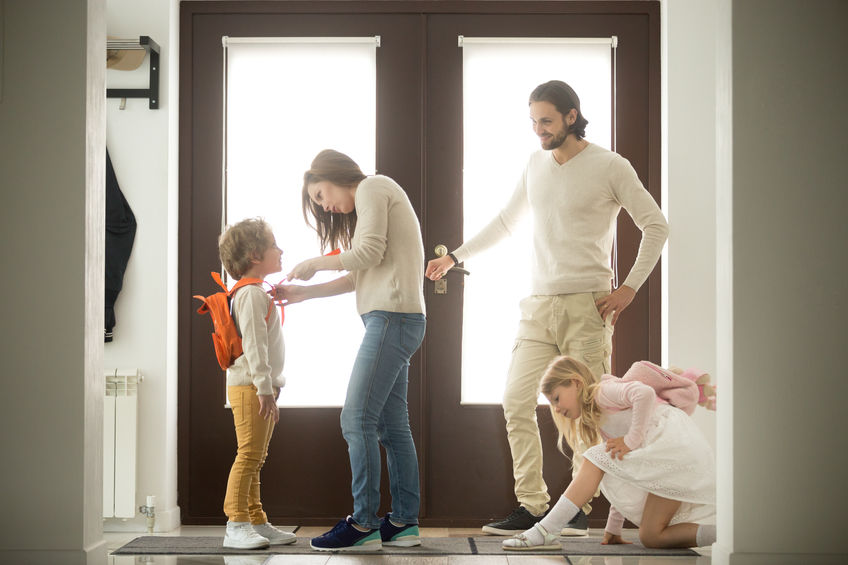
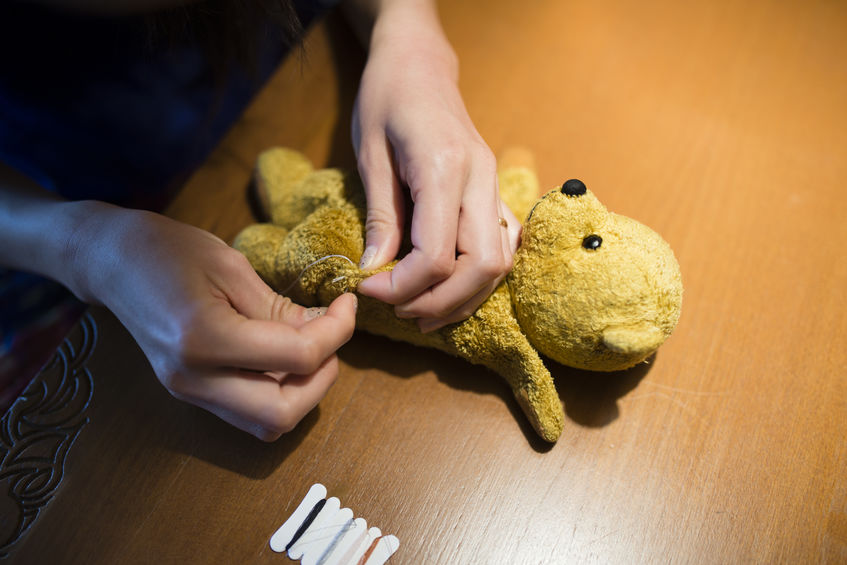

Recent Comments